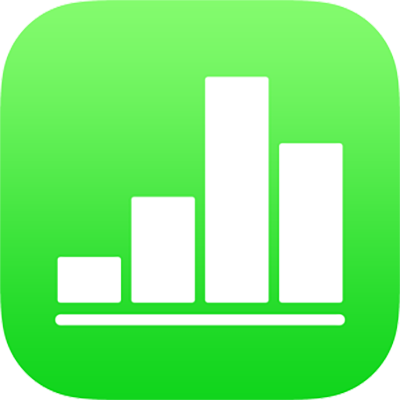

They're GUIDs, version numbers and package names used by the various data sources winget is calling on. Looking at all that - the series of letters and numbers in a package name don't have any 'real' meaning. Yes, its a mix of random GUIDs, assorted identifiers and. 00000Įpson Customer Research Participation _Display.Driv… 511.65 The winget list command also shows software installed in other ways Quake II Steam App 2320 Unknown a very simple Windows 8 app that displays prime numbers between 1 and 5,000. O365 has no dev id only a product id 7-Zip 7zip.7zip 19.00 21.07 wingetħzip here is a winget application and uses a developer.product IDĪpplications on a winget repository tend to have a 'simpler' publisher.name.(version?). You can choose a separate programming language for each software layer. Microsoft 365 - en-us O365HomePremRetail - en-us 7.20192Īdmittedly these are not store apps but would some consistancy hurt? Edge uses Microsoft as the devid, edge as the product id.


Microsoft uses Microsoft.ProductName_DevID - except for MSteams MS seems to use 2 different developer IDs as well.8wekyb3d8bbwe for most things but the web experience pack is underĮxcept when they don't Microsoft Edge Microsoft.Edge. Windows Web Experience Pack _cw5n1h2txyewy 421.20070.45.0 Xbox Game Speech Window Microsoft.XboxSpeechToTextOverlay_8wekyb3d8bbwe 2.0 Interestingly there seem to be 3 different formats (or more?) in winget, and package names seem arbitrary. For windows store apps, the apps have a guid, and in a sense, I suspect this was for ease of having the 'same' package for 'different' formats, and that the windows store seems to be an extension of a windows phone appstore. Winget supports packages from 2 sources - its 'own' repositories, and the windows store.


 0 kommentar(er)
0 kommentar(er)
